
Interbrand’s Human Truths Platform
Positive Human Energy: A New Model for Human Connection
We humans have a basic human need to connect. It’s what makes us human…our ability to connect – on deeper levels, with more information, in more ways, with more people, with more things.
We know the strength of our connections are key to our survival. From Maslow’s hierarchy to Grant and Glueck’s famous 80-year tracking study of human happiness, our basic needs of belonging, relationships and social interactions are causal to our human health.
And yet, the stress, anxiety, FOMO and misinformation that can result from our social interactions, enabled and amplified by technology, challenge the personal and societal benefits of these services. Not to mention the myriad of challenges facing the very business models of the tech giants from activist groups, legislatures and the consumer herself, who can choose just to stop using them at any moment.
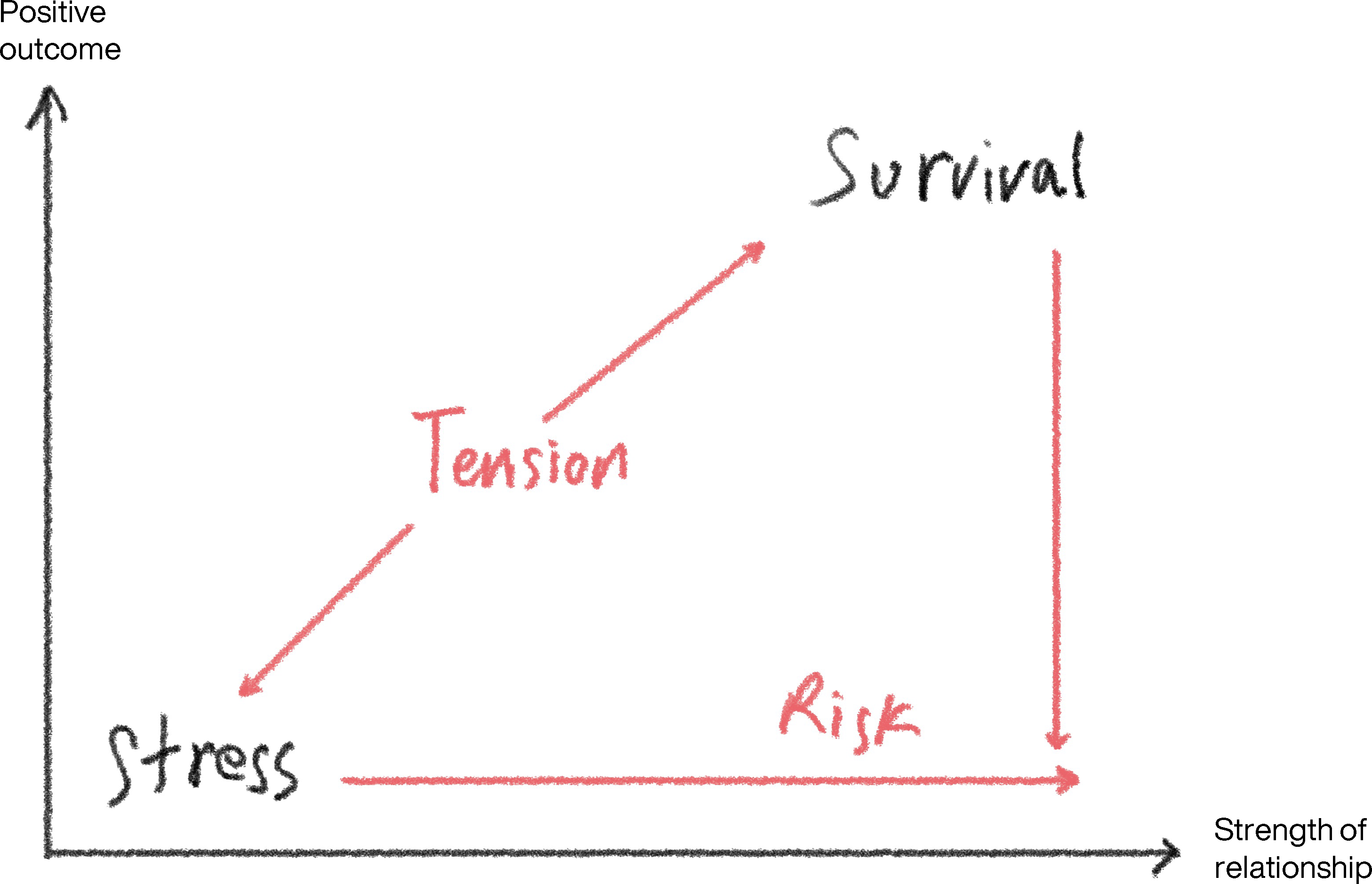
So here we are. Stuck at the intersection of connections – between the human need for them and the human anxiety of them. Between our survival and our stress. So, how do we break through? How can brands create better connections that produce better outcomes for their customers and for their businesses?
With our Interbrand Heartbeat team, we took this question and explored the tension between the “light” and the “dark” side of our technology enabled connections. We brought together groups of consumers and experts in a series of Sprints where we journeyed through the past, present and future of our technology-backed connections. From when we were first “WOW’d” by a piece of tech to imaging an “ideal connected world of the future,” we generated a slew of new insights and ideas.
The one thing that stood out across all the best connections we explored, was something we call, “positive human energy”. “Positive human energy”, simply stated, is the outcome of a great connection. It makes people feel good about themselves. It strengthens the relationship between people, things and brands.
In our Sprints, the connections that produced a positive human energy shared three common elements. Not surprisingly, they were 1. positive…2. human…and 3. energy. What WAS surprising was what made a connection a positive one…a human one…and one generative of good energy. Following, we break down each element to help explore and answer, “how can we make better connections?”
Positive
The best way to create a positive is to eliminate a negative.
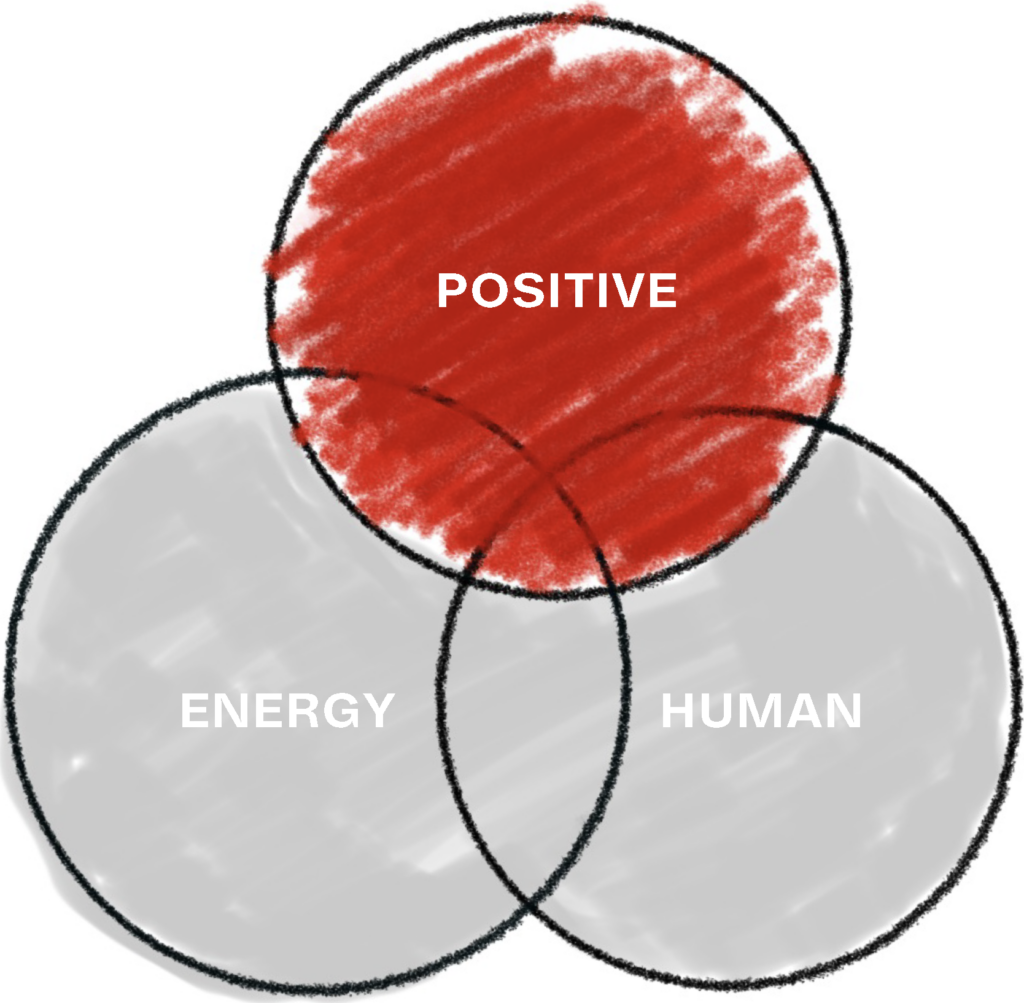
In all of work with people, they were overwhelmingly positive about the connections they made throughout their lives – of how technology advanced their lives and themselves. While perhaps obvious, it sits in contrast to the volume of media conversation about the many negatives tech has in our lives. It’s a helpful reminder of the obvious: that people are pretty positive about the role technology plays in their lives.
What we found particularly insightful was the way they talked about the technology that had the greatest impact on them: That the best technology eliminated a negative. It may sound nearly counterintuitive, but it was a universally shared sentiment when people reflected on their earliest experiences of technology that “wow’d” them. People said things like,
“I hated having to…”
“Before this….you had to…”
“It was torture to…”
Often times, people were referring to what now seem like simple advancements between people and devices…like remote controls eliminating the “torture” of getting up and having to change the channel; or CD players eliminating “the pain” of cassettes; or digital cameras eliminating the “awfulness” that was having to wait for film to be developed.
Eliminating the pain of an experience was the shortest path to creating a connection that had the most positive affect on people. Connections that “added to” an experience (ones that “a new/alternative way to”) often times only added to the complexity of the experience and failed to make a lasting connection.
Human
Great connections make people feel great about themselves
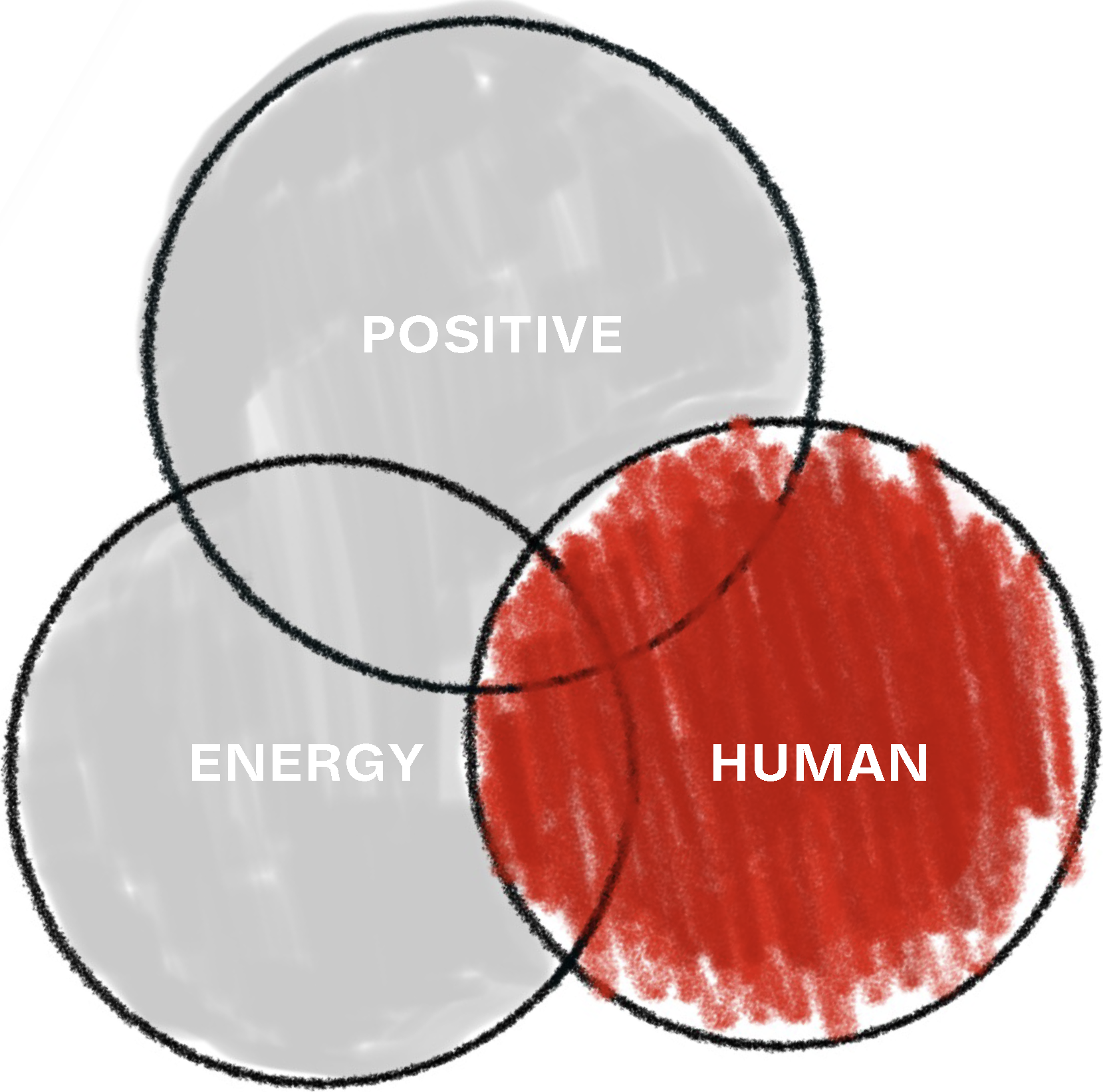
When we got into discussions about what makes good or bad connections…what we heard from people was that the best connections were the ones that felt the most human – i.e., they mirrored “real-life” exchanges and most importantly, they were connections in which people felt better about themselves (they were decidedly NOT about the tech).
So, people would say things like:
“The information was so specific…so I felt confident instead of having to guess.” (here again, the elimination of a negative…of guessing).
“I’m getting to know myself.”
“Push yourself.”
It’s not just about productivity, I’m learning something.”
“I feel less alone.”
However, the worst connections were not necessarily the most in-human. They were the ones that brought out the worst of our humanity. That allowed us, as people said to:
“run away from responsibilities”;
“where we can hide behind them”
“to feel more comfortable hurling insults.”
and make us “feel less human.”
The more a tech-connection mirrored positive “real-life” human interactions, again, the stronger the connection made.
Energy
Getting more (positive human) energy than giving to it
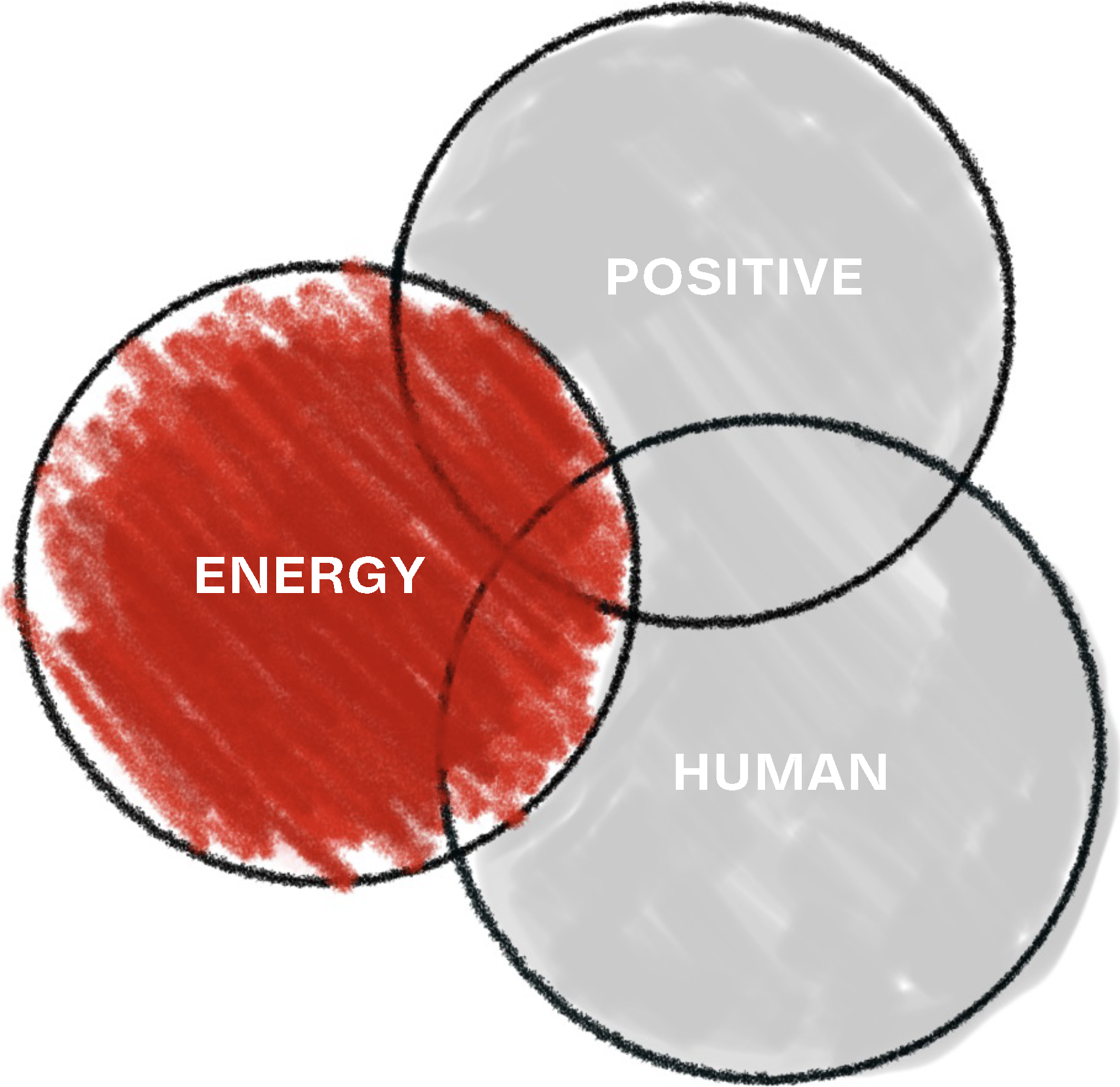
When we asked people to imagine…and draw…their ideal “connected world of the future” there were plenty of commonalities in the drawings: smiles, togetherness, hand-holding and general goodness. When we asked people to draw the worst versions of a connected world of the future, people drew images of a broken world – of literal death and destruction and social interactions “polluting the world.”
However, across all their images was a sense of balance in everything. Of an exchange between people and technology where people are getting more (positive human) energy from an interaction than they are giving to it.
It is at this point, when the scales are tipped in favor of the energy people get from an interaction more than what they give to it, is when the tension breaks between the human need for connections and the human anxiety they can produce. The tension between our survival and our stress.
Connecting the final dots
By breaking this tension between stress and survival, “positive human energy” serves as a litmus test by which to judge connections and a prescription for how to create better ones.
Positive Human Energy Scorecard

- Positive: What pain is my connection eliminating? (How painful is it? Scale of 1-“not painful” to 5-“Torture”)
- Human: How do people feel about themselves after the connection made? (The degree better/worse? Scale of 1-“I feel stressed” to 5-“I feel great”)
- Energy: What energy is my connection giving people? What energy is my connection asking them to give? (Degree to which it’s giving vs. taking…scale of 1-“not worth it” to 5-“totally worth it”)
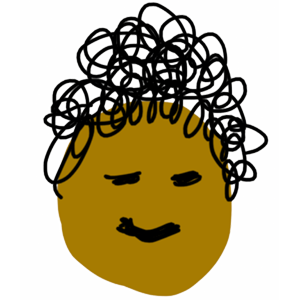
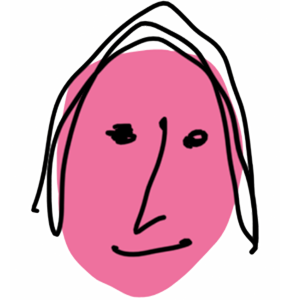
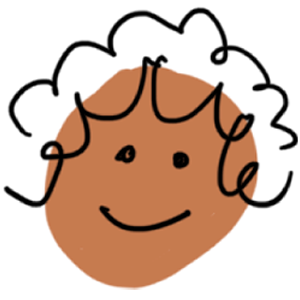
This is Heartbeat, Interbrand’s Human Truths platform.
Each month we will be looking at what it means to be human and the issues that face us all in our everyday lives.
